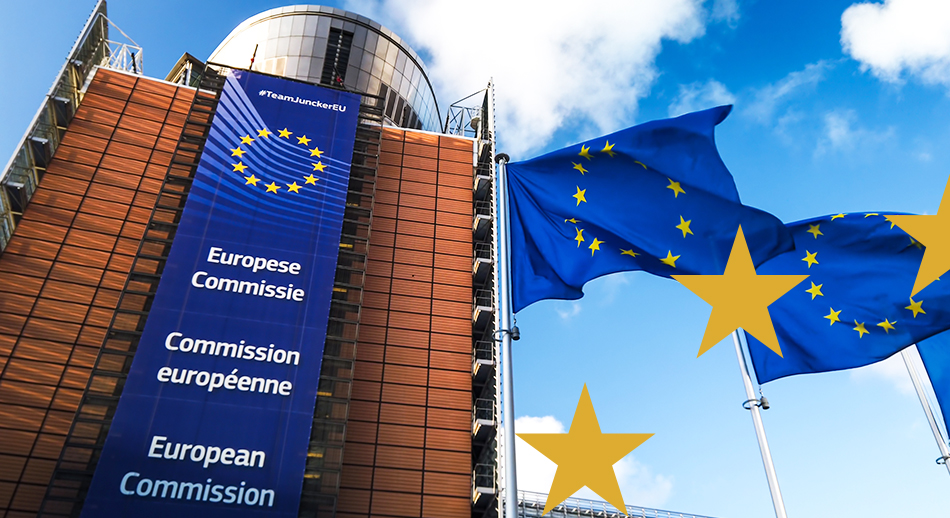UNCEM, Unione Nazionale Comuni Comunità Enti Montani (National Union of Municipalities Mountain Communities) has published an interesting guide to understanding and implementing European projects. Let’s find out together.
From the mountain territories, a guide for all
Summer brings with it new discoveries, and the mountains are a privileged place to set out, explore and discover new environments and landscapes, with a view “from above.” Mountains are also, by nature, a place of hinge and bridge between different valleys, languages and cultures. This is why mountain areas have always been a privileged laboratory within the framework of European projects – which in turn represent a great development opportunity for all local organisations in Europe.
“Making local organisations and communities, with municipalities and mountain unions, true protagonists of community planning. […] The project work, the commitment of local organisations, the action of even small municipalities working together are keys to helping Europe to be more cohesive, less cold and more linked to the territories, to the communities.
”
It is with this spirit thatUNCEM, the National Union of Municipalities, Communities and Mountain Entities, has recently published an interesting guide dedicated to European projects. A spirit that the Guide to EU Projects and Funding makes its own and shares, based on service to citizens and local organisations, with a European vision. UNCEM’s Guide proposes many interesting insights for those involved in EU projects and funding, both in terms of methods and tools for Europlanning and analysis of specific opportunities. The proposed insights have many points in common with what is proposed in our Guide: let’s discover them together.
From context to design: methods and tools
A first part of UNCEM’s guide focuses on tools for context analysis, the starting point for each project. Among the tools presented are SWOT analysis, stakeholder analysis, and analysis in light of the 14 major “Megatrends” identified by the European Commission, i.e., the 14 major ongoing phenomena believed to bring about the greatest changes for human communities in the long run. Next, the UNCEM guide presents the methodology for representing a problem tree, a solution tree, developing a project strategy and formalizing it in a Logical Framework. The same themes are taken up in the second half of the document, where some typical and important aspects of working on European projects are analyzed: reading the call for proposals and the steps needed to turn an idea into a project, highlighting its added value. Finally, UNCEM’s guide analyzes several other more specific and indispensable aspects of building a project: building a partnership, preparing a budget and timetable, developing indicators and a monitoring and evaluation framework. These methods and tools, treated effectively and concisely, are a useful addition to what is presented in the chapters of our Guide devoted to how to work on European projects.
Opportunities and reporting
The central part of UNCEM’s guide offers fact sheets presenting some major European, directly managed, territorial cooperation programs-Alcotra, Central Europe, Erasmus+ (with a KA2, Cooperation focus), LIFE, MED, NEXT, and Alpine Space. The fact sheets describe in a first part the general and specific objectives of the program, the type of actions that can be financed, the ideal beneficiaries and local organisations targeted, budget and main features. In a second part, the fact sheets instead analyze more formal and operational aspects, such as indicative timing of calls for proposals, types of activities and eligible costs, reporting methods, and documents to be produced for reporting purposes. These are useful fact sheets to expand on what is presented in some of our fact sheets on the various programs and to make more concrete, with various examples, what is presented in the chapter on Reporting.




